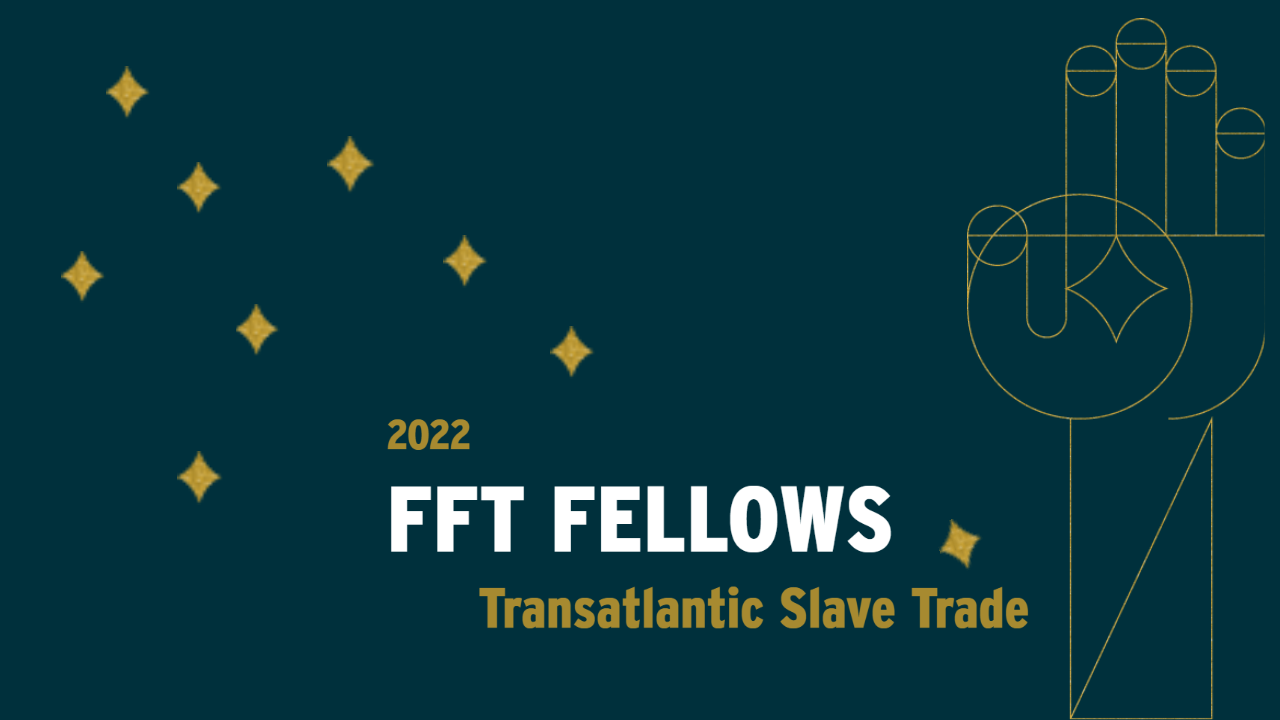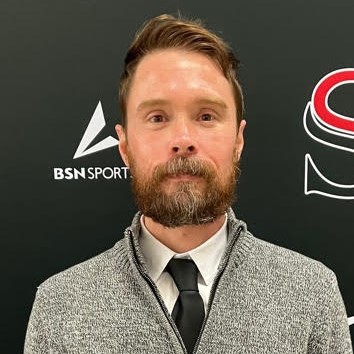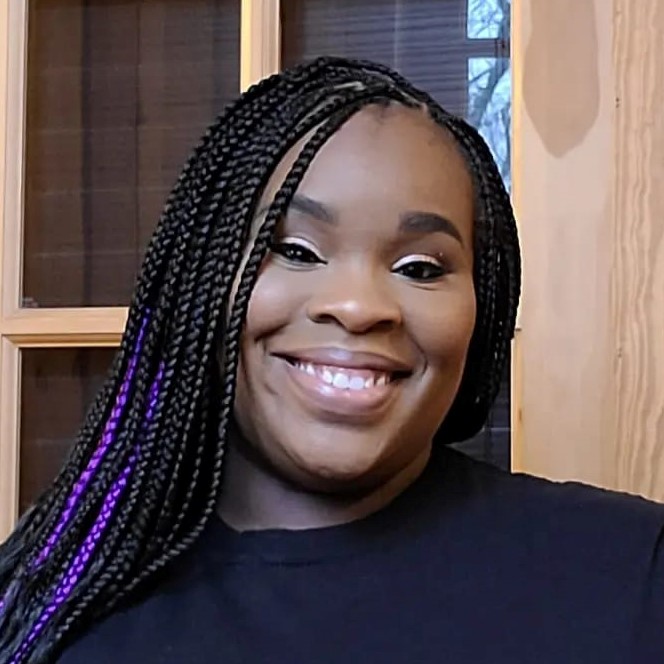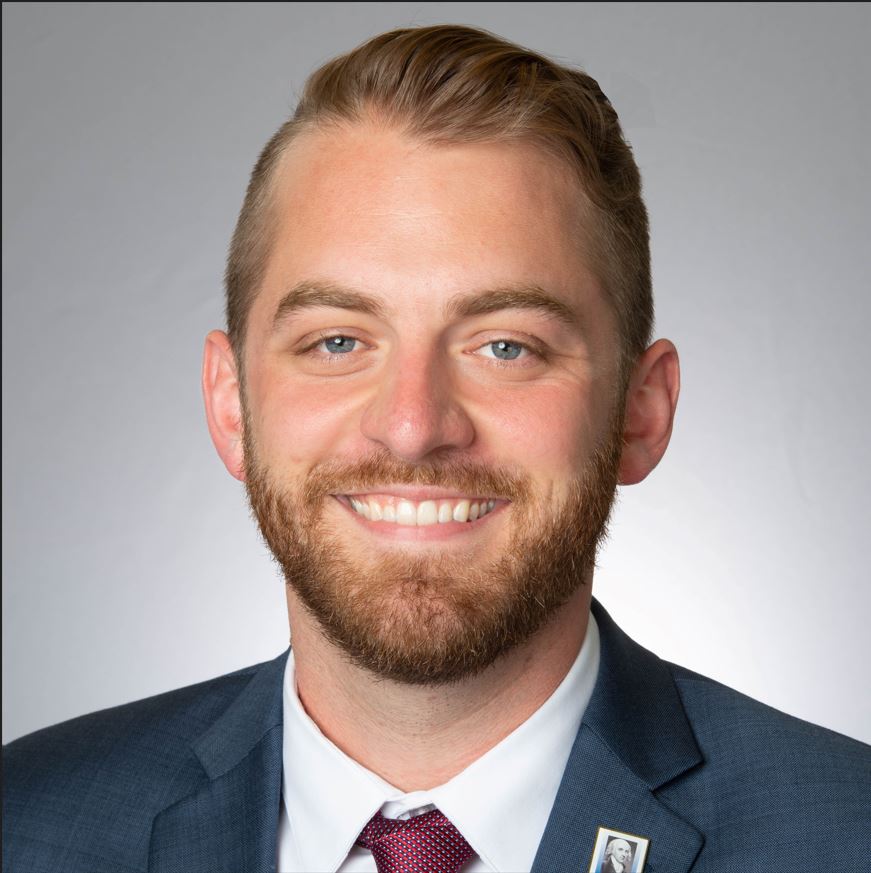Fellow Friday | Transatlantic Slave Trade

We are winding up our “Fellow Friday” summer series next week, after focusing on 2022 grant recipients who are pursuing similar categories of learning, such as literature, special education, Holocaust studies, math, conferences, indigenous studies, music education, and even farming. In advance of International Day for the Remembrance of the Slave Trade and its Abolition on Tuesday August 23, today we share FFT Fellows’ varied approaches to the topic of the Transatlantic Slave Trade…
Click here for a complete list of grant recipients.
[minti_divider style=”3″ icon=”” margin=”20px 0px 20px 0px”]

 Elise Barnes – KIPP Academy Chicago Primary | Chicago
Elise Barnes – KIPP Academy Chicago Primary | Chicago
Janae Reynolds – KIPP Zenith | Houston
Compare and contrast enslaved experiences in Ghana and Cape Town through museums, historic sites, and storytelling, to create a unit in which students learn about the art of African storytelling and create personal stories reflecting their heritage.
“What we know about our student population is that we both teach black and brown children. Some of those children are exposed to their family’s culture daily, and others unfortunately do not have that knowledge. When a child knows or understands their story or what brought them to where they are today, they can feel a sense of belonging and self-worth. We believe that through this fellowship, we can give students more of a sense of identity and who they are.”

 James Dolan & Brad Vinson
James Dolan & Brad Vinson
Sparkman High School | Harvest, AL
Research in Ghana, the United Kingdom and Williamsburg, VA sites pertinent to the Atlantic Slave Trade to create location-based videos, lessons, and primary source activities on Triangular Trade that are currently lacking in availability for history teachers.
“As citizens of the United States, slavery is everyone’s history. The Atlantic Slave Trade is a hard subject to teach, but even harder without resources to supplement. Visiting the locations of the Slave Trade and learning from their local environs will help us showcase their histories to our students. We plan to include primary sources such as maps, pictures of artifacts, and first-hand accounts that can be used in our classrooms, and uploaded on the internet for mass consumption. We plan to interview experts, in videos and outside of videos, to obtain information on the Slave Trade during the 16th and 17th centuries then and its continual impact on the world today.”
 Pratia Jordan | O’Donnell Middle School – Houston, TX
Pratia Jordan | O’Donnell Middle School – Houston, TX
Retrace the transatlantic journey through historical sites in Africa, Europe and North America to create multi-modal, 3D virtual learning experiences that allow students to deepen content knowledge and make personal connections to the past and its continued relevance to our present.
“When discussing the content and context around the transatlantic slave trade it is imperative that I get it right, because for some students I am talking about a place they call home. Many of my African students who were born in Africa or are 1-2 generations removed have a strong sense of identity, heritage and pride in their tribe and culture connected to Africa. My sense of responsibility has also been heightened knowing that the lessons I create will not just impact the 120 students I serve in my classroom, but thousands of students who will be taught using the curriculum I am revising for the entire district. I intend to breathe new life into our TST curriculum with the results of this fellowship by seeking out and bringing back vibrant, personal, relevant and multi-dimensional information, primary sources, artifacts and audio-visual documentation on the content such as interviews with historians, residents of West Africa and my own personal blog/vlog.”
 Garrett Griffin | East Rock Community Magnet School – New Haven, CT
Garrett Griffin | East Rock Community Magnet School – New Haven, CT
Ray Walters & Kurt Zimmerman| Highville Charter School – New Haven, CT
Experience UNESCO sites associated with the enslavement of people in Connecticut, Louisiana, as well as related museums in Massachusetts and Washington D.C. to facilitate culturally-relevant and emotionally-thoughtful classroom conversations about the Trans Atlantic Slave Trade.
“Having a diverse collection of books is essential in any school library, but I think it’s especially important in a school with such little diversity. The graphic novel books are some of the most popular reading materials in the library: The combination of the written word and pictures make them accessible to all students, even those whose reading comprehension is below grade-level. I believe understanding the culture will help when students have questions about Japanese culture and beliefs that frequently come up while they are reading manga, and help in the decision-making process to bring appropriate, engaging materials to the students who desire it.”

 Daniel Warner & Valen Warner
Daniel Warner & Valen Warner
East High School | Memphis, TN
Explore understandings and experiences of Black identity abroad by examining the legacy of the Transatlantic slave trade; abolitionist & anti-lynching campaigns in England; and the emergence of African American artists and intellectuals to Paris to create interdisciplinary curricula on Black identity & belonging throughout the African diaspora.
“Our students bring an impressive depth of knowledge about their own varied experiences as Black Americans to the classroom, and as teachers who strive to value the cultural experiences of our students, we have geared previous professional development toward this subject…Yet both we and our students find ourselves limited in our knowledge of the Black experience abroad. We want to begin our study of the questions raised by our students in our classrooms by looking at Black identity and experience in England and France, with special attention to Black Americans who have chosen to depart the United States to seek personal respite from discrimination and exclusion in the United States.”
[minti_divider style=”3″ icon=”” margin=”20px 0px 20px 0px”]
“Now more than ever, it is imperative that we invest in the most important component of any classroom — the teacher,” said Karen Eckhoff, Executive Director of FFT. “Educators are facing countless challenges every day, and Fund for Teachers is dedicated to further diversifying the ways that we can support them. Our grants represent trust in teachers’ professionalism, creativity, and vision, offering flexibility to meet the unique needs of each classroom, with the students remaining the ultimate beneficiaries as they continue to grow and learn in today’s ever-changing world.”
Join us next week for our final installation of “Fellow Friday” for the year!
 Back to Blogs
Back to Blogs